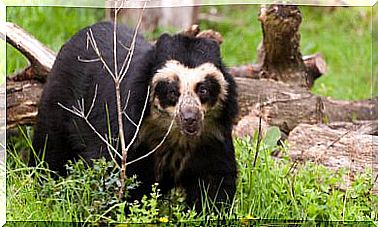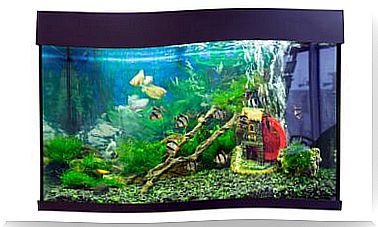6 Species Of Partridges
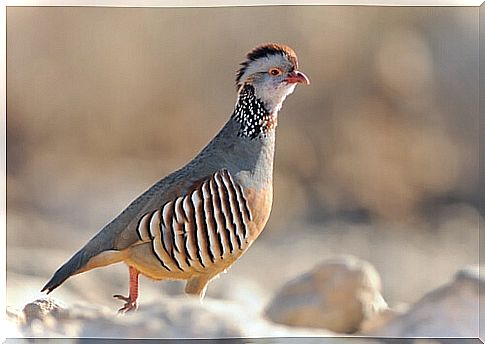
We know them fundamentally because in some cultures their meat is used as food. In this article we will tell you about some of the species of partridges that live almost all over the world.
How many species of partridges are there?
These non-migratory birds that nest on the ground and feed on seeds, are divided into two large families: Phasianidae and Odontophoridae . Among them we can highlight the following species of partridges:
1. Moorish partridge
This bird is native to North Africa, hence the name Moorish, and is characterized by having almost its entire body gray, except for white and brown lines under the wings and a reddish-white neck. The beak and legs are red.
The Moorish partridge – the image that heads this article – measures about 36 centimeters, is monogamous and always returns with its partner in each breeding season, in spring. Between the male and the female they build the nest with leaves and feathers. Each set is 10 to 16 eggs, which are hatched for almost a month. At 10 days old, the pellets can fly on their own.
2. Red partridge
Native to Europe –France, the Iberian Peninsula and Italy mainly– the red partridge is terrestrial, sedentary and chooses plains or low mountains to reproduce. It feeds on seeds and vegetables, although young specimens can also consume small insects.
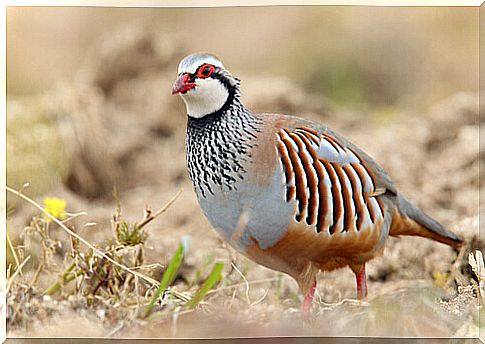
The red partridge is about 40 centimeters tall and weighs less than half a kilo; its body is robust, it has a small red bill, as well as the edges of the eyes, and the plumage is brown with reddish tones and white spots.
3. Gray partridge
It lives in Europe and Asia, in mountainous terrain of more than 1 000 meters of altitude or in plains. It is about 12 inches tall, its plumage is brownish-gray with brown markings on the wings, a small, light-colored bill and gray legs.

Like most species of partridges, the grizzly eats seeds and, when it needs protein, includes insects in its diet. They group together at night to protect themselves from predators, and they always keep the same pair.
4. Tibetan partridge
In appearance it is somewhat different from the other members of the Perdix genus, although it does match in size, about 30 centimeters. It has a black and white pattern on the face, the belly is light brown and the feathers are brown with lighter spots.
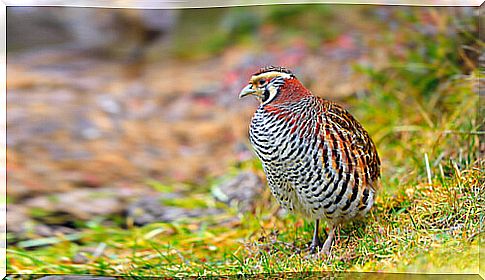
It inhabits the slopes, mountains and meadows of Siberia, and although it is not migratory, it descends to the plains during the winter, where it finds more food – mainly seeds – and it is not so cold. In summer they form the nests – they are monogamous – on the plateaus and the males help in the rearing of the chicks.
5. Greek partridge
Its scientific name is Alectoris graeca and it not only lives in Greece, but also in the rocky areas of the Alps, the Balkans, Sicily and the Italian peninsula. It is about 13 inches tall and looks a lot like the red partridge, except that the Greek partridge has the grayer plumage and the neck is white with a very striking black trim.
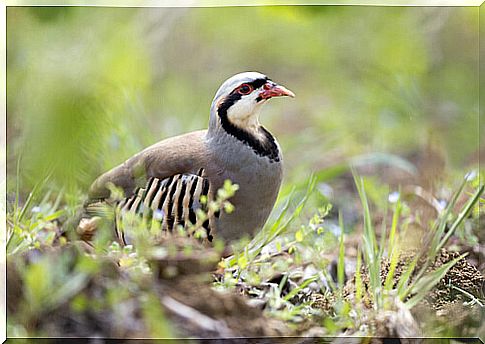
6 chukar partridge
The chukar alectoris is a species that inhabits the entire coast of the Mediterranean Sea and even in China and Central Asia. It was chosen as the national bird of Pakistan and has been introduced in other latitudes of the world, such as Hawaii, Canada and the United States.
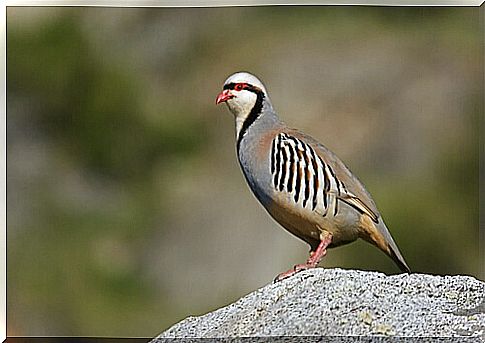
So far 14 subspecies of this partridge are known, according to its location in Eurasia. Among the characteristics they share, we can highlight that their plumage is of soft tones (gray with details in white, black and red), that in winter it forms groups of up to 40 specimens and that they feed on insects, shoots and seeds.


